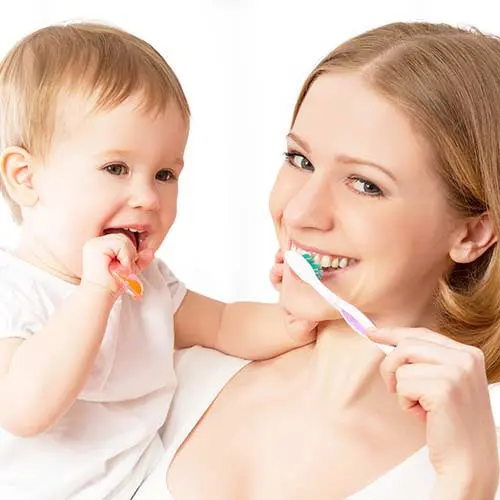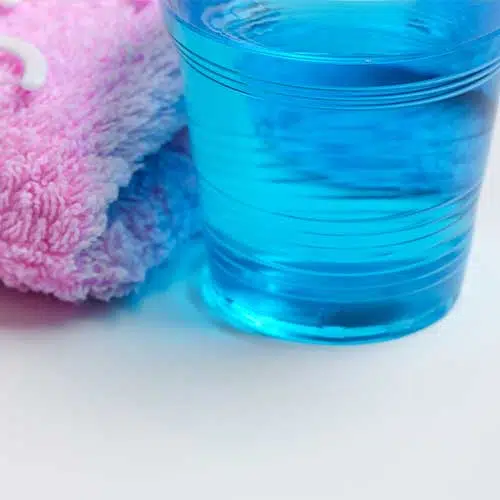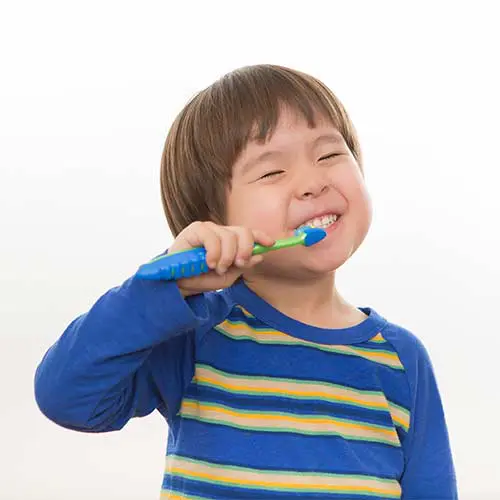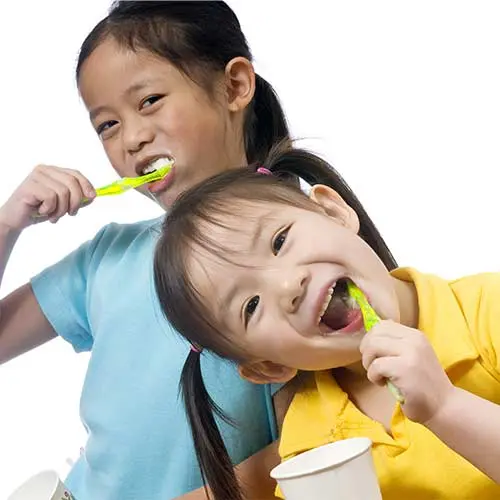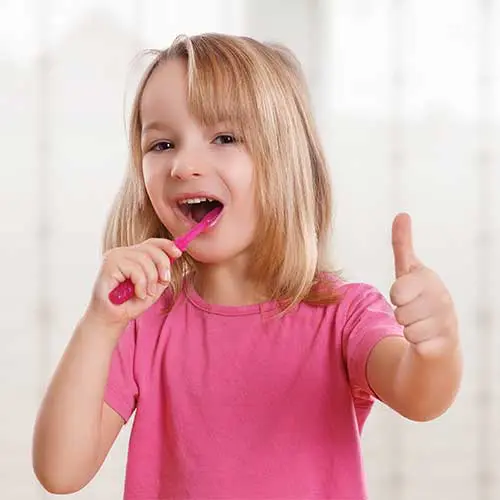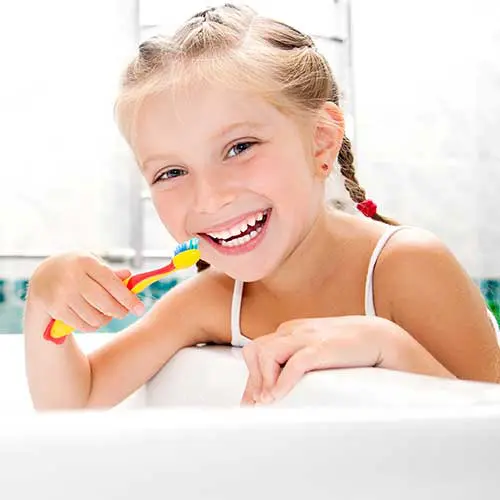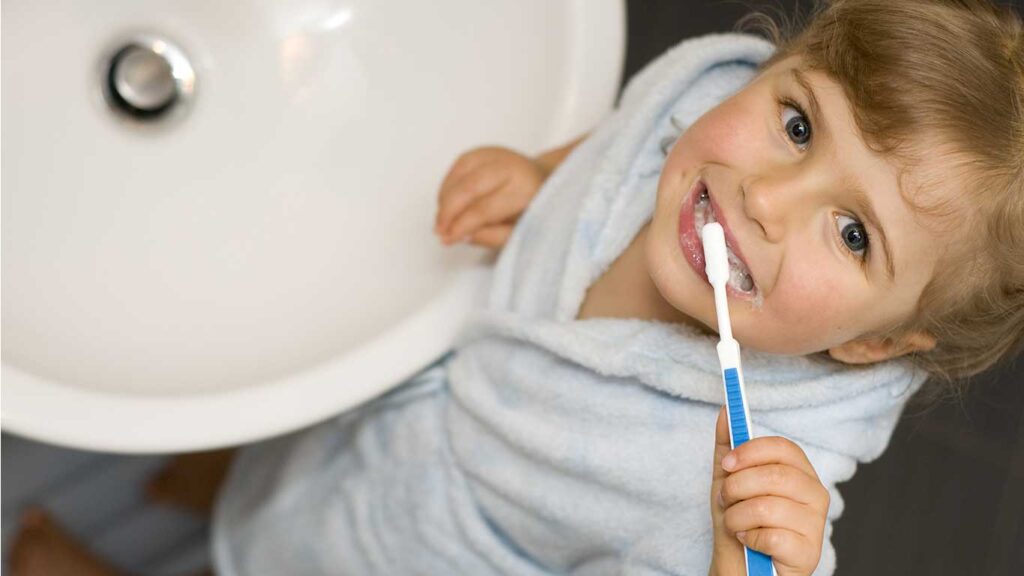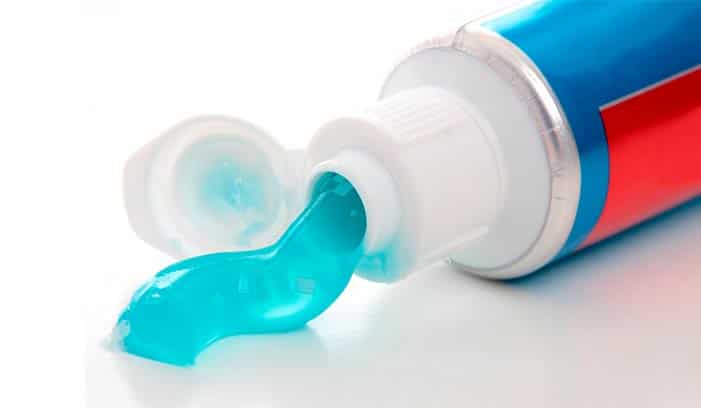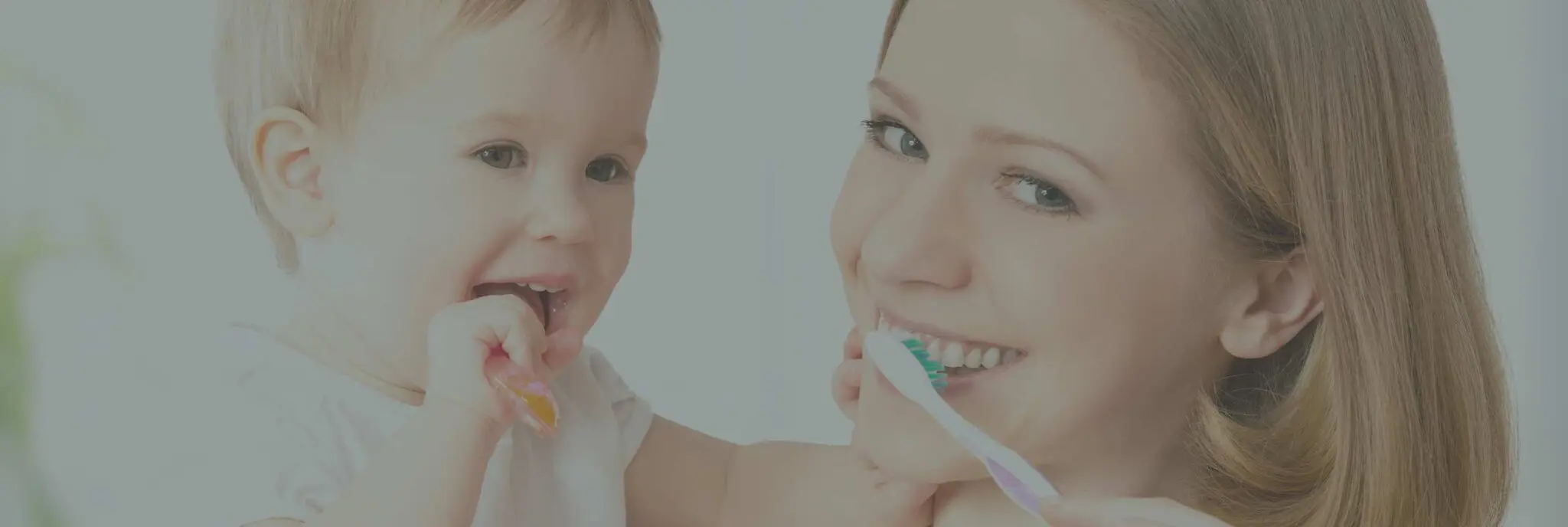
Fluoride for Kids? Is it recommended?
Fluoride for kids is one of the most controversial topics we come across in the dental world. A question a lot of parents ask is, “Dr. what do you recommend about fluoride for my child?”
There is a lot of misinformation on the internet, that it can be hard to determine how much or even if fluoride is ok for your child. To clarify, when we’re talking about fluoride, we are talking about toothpaste. And fluoride should be viewed as a different entity and product from shampoo, conditioner etc… Fluoride should be viewed as medication, and just as with any medication, you need to follow the instructions directed in the usage, such as dosing etc…
Too much of any medication is not good for you. You would not give a child the same amount of Tylenol as you would a full-grown adult. With the same measure, fluoride for children needs to be measured and dosed appropriately.
It has been established by countless research that teeth can most definitely benefit from fluoride. The next question is safety, and dosing helps to keep your child safe.
The biggest concern most parents have with using fluoride toothpaste for their children is that kids will be kids and they will more than likely swallow the toothpaste. That is why it is important that when children are brushing their teeth, that there is a parent or responsible adult supervising, you want to make sure they are brushing all areas properly and using the correct amount of toothpaste.
Instructions on fluoride toothpaste for kids
- Use kids toothpaste
- Brand is not important
- It shouldn’t taste too good or sweet
- Dosing
- Use a pea size amount for a child who is 6 years of age or older. If they swallow it will not be harmful to them.
- Use half a pea size for a child 3 years or older. Now most kids that age will swallow, but if you dose it correctly, then they are safe.
- Use a grain of rice size (a smear) for a 1-year-old. At that age they end up swallowing the toothpaste, but since it is such a small amount, they will not be harmed.
In conclusion, fluoride for kids is safe as long as you dose it correctly and it’s used under with supervision.
Here is another good article on what age can your child brush on their own.


